|
I recently received a gift from friends that visited Mexico. Knowing how much I like to sample wines and spirits, they brought back a bottle of Balurate Tequila Reposado Reserva Especial for me to try. “Baluarte means fortress. A baluarte is a stronghold that protects all that is valuable. It protects treasures.” Guillermon - Co founder And this is a treasure! 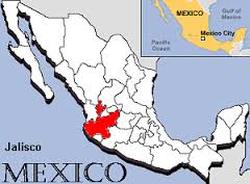 Balurate tequila is made with 100% Tequilana Weber Azul. These blue agaves are grown at Los Altos de Jalisco. Only organic fertilizer is used along with environmentally friendly farming techniques. Once harvested, the agaves are baked in brick ovens for 24 hours. During the sugar extraction in the milling area, only treated water is used. Reposado means “rested” and this tequila is aged in American Oak for a minimum of two months, but usually up to nine months. The tequila is produced in very small batches and then personally numbered and hand tagged. The Baluarte Reposado Reserva Especial has a very pale yellow color with fruit, spice and vanilla aromas. This tequila is quite different from any other that I have yet to taste. The palate explodes with layers of tropical fruit, pepper and spice. It is beautifully balanced with a long finish that ends with more pepper and hints of herbs and caramel. I can’t imagine drinking this tequila any other way than “neat”. The flavors are so unique, it would be a shame to use it in a mixed drink. Proof: 80 Alcohol: 40% More wine reviews coming up this week! Have a peaceful Sunday! Cheers! Penina 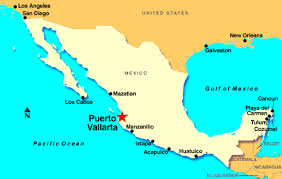 The temperature in Puerto Vallarta yesterday was a sunny 77 degrees. I enjoyed a few hours basking in the culture, albeit I was 2766 miles away! Through the wonderful hospitality of Puerto Vallarta Tourism, I tasted the local cuisine, learned about the culture and all the fun activities that are available in this magical resort.
There are vacation packages to accommodate everyone including family packages, honeymoon packages…and wait for it…divorce packages! There truly is something for everyone! Most of the resorts are all-inclusive and offer great deals. My afternoon started with two traditional non-alcoholic Mexican beverages, Horchata and Agua de Jamaica. Horchata is made with rice, ground almonds, milk, cinnamon and sugar. It is delicious and not too sweet. Agua de Jamaica is made with dried hibiscus flowers and water. It is prepared much in the same way as brewing tea. It was tart, but refreshing. Chef Mario Portillo entertained us with stories as he demonstrated and prepared lunch. Mario began his foray into cooking at the age of five when he helped his father prepare omelets. He has been a chef for the past ten years and will be opening his own restaurant in Puerto Vallarta on October 19th. We were served family style salad and Sea Bass with pineapple-smoked puree on top of bean salad with tomatoes, red onion, peppers and cilantro. It was delicious! The local fish of Puerto Vallarta is Mahi Mahi, Red Snapper, Marlin, Oysters, Octopus, Mussels and Shrimp. Using quality ingredients from the sea and land, there is ample opportunity to sample local fare while vacationing. Pescado embarazado (pregnant fish) is a typical representation. It is grilled fish on a stick that has been marinated in lime over coals and served with huichol salsa. Another favorite dish is Birria, using goat or lamb which is cooked in a very spicy sauce. Tamales, chiles en nogada, shrimp stew, Pico de Gallo and plantain empanadas are also local favorites.
Of course, what would visiting Mexico be without tasting Tequila or touring a distillery! Tequila is made from the Blue Agave plant that is native to Mexico. Tequila is only produced in the state of Jalisco and a few limited municipalities. There are over 1377 registered brands of Tequila to choose from. In addition to Tequila, Damiana, Mezcal, Xtabentún, and Raicilla are also native Mexican drinks. Damiana is an herbal-based liqueur made from the Damiana herb. Mezcal is a distilled beverage made from any agave plant that grows in Mexico. Xtabentún is made from anise seed and fermented honey that is produced by honeybees from the nectar of xtabentún flowers. Rum is then added to the mixture. Raicilla is a distilled spirit. Although it is similar to Tequila and Mezcal, Raicilla is considered a “moonshine” product. I’m looking forward to hopping on a plane to Puerto Vallarta and hopefully spending more than just a few hours enjoying beautiful weather, great cuisine and a little adventure! Salud! Penina  With Labor Day Weekend fast approaching, everyone is scrambling to lap up the last days of summer. Whether it is traveling by car, plane or the rails, we’re all trying to savor and hold on to summer just a little bit longer. 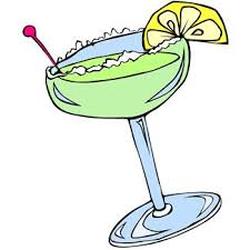 I recently purchased a bottle of tequila to make margaritas for an “end of the summer” party. Prior to the festivities, I opened the bottle to have a little taste. My friend and I agreed that the tequila was so flavorful, that it might be a shame to mix it with anything else. Cabo Wabo Tequila Blanco uses 100% pure Weber Blue Agave to make their tequila. The agave is grown in the lowlands of Jalisco. They take the best of the piñas and chop them into very thick quarters which are then cooked in stainless steel autoclaves. A thicker cut of the distillate is taken giving the tequila a more intense agave flavor. Hence, the name “Cabo Wabo Thick Cut Tequila”. The tequila is double distilled and then immediately bottled in beautiful hand blown artisan bottles. The aromas of sweet fruit and flowers segued onto the palate mingled with an “earthiness”. Traces of vanilla and spice were present on the finish. We found the tequila to be quite smooth with a hint of oiliness. I have yet to try the tequila in a mixed drink, but I’ll be sure to let you know! Alcohol: 40% 80 proof Price: about $35 to $40 Mexican born Sammy Hager, legendary musician of Van Halen, founded Cabo in 1996. The company has since been sold, but Sammy’s name lingers on in association with Cabo. I will definitely have to try Cabo Wabo’s Reposado and Añejo tequila. http://www.cabowabo.com Have a great Sunday!
Cheers! Penina In case you didn’t read my last post, it was about El Ron Prohibido Habanero rum from Mexico. In the post I explained the aging process using the traditional 12-year solera system. You might want to scroll down to the previous post and read about it prior to reading my tasting notes. We finally opened the bottle last night, which is reminiscent of a pirate’s jug of rum, except this bottle is all glass. The bottle has a very “old world” look to it that makes it very inviting. The best way to drink this rum is “straight”, otherwise the subtle flavors will be lost. The color is dark amber with a sweet aroma that reminded me of sherry and port. Dry fruits, prunes and vanilla were present on the nose followed by hints of raisin. The palate offered honey, plum, oak and raisins. The rum had a bittersweet finish of vanilla and espresso beans that lingered on the palate. Overall, I found the process of making the rum and its packaging more intriguing than the rum itself. Alcohol: 40%  I have a busy week ahead, with my main goal of staying cool and hydrated! Have a great Monday! Cheers! Penina  With the temps in the 90s this weekend, it has been less than conducive to imbibe anything but water to stay hydrated. Even the chilled Rosés, Chardonnays and Prosecco in my refrigerator are being ignored. My reviews will have to wait another day or so. 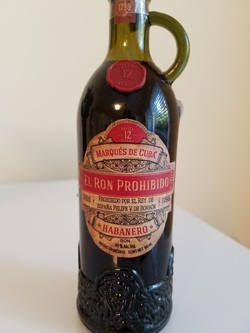 A friend, who recently visited Mexico, brought back a gift for me to try. It is a bottle of El Ron Prohibido Habanero, (the forbidden rum). It is a blend of aged rums using the traditional 12-year solera system. Fermentation takes place in used raisin wine barrels prior to the “mosto” being distilled in column stills. The solera system is an aging process using new batches of rum mixed with older ones in a tiered or pyramid structure. The bottom tier is the solera, the eldest rum, which doesn’t leave the system. The rows above are the younger rums (criadera). It is an interesting process in which about only half of the rum is taken out of the bottom row at the end of a cycle and then the next row up is transferred down to the solera, creating a blend of characteristics that rapidly transfer to the younger rum. This process continues all the way to the top of the pyramid, where new product is added. 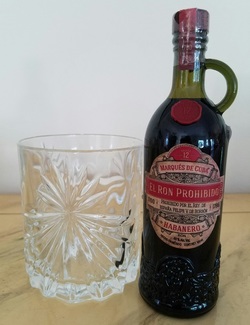 I’m looking forward to tasting this rum very soon. And hopefully the next photo won’t be of an empty glass! Happy Saturday!
Cheers! Penina |
Categories
All
|


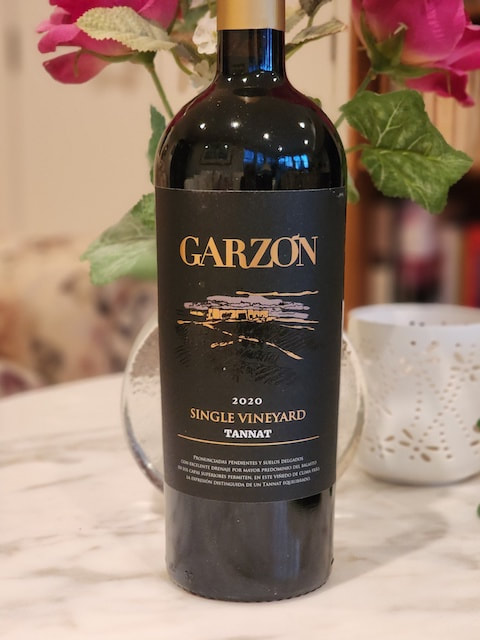
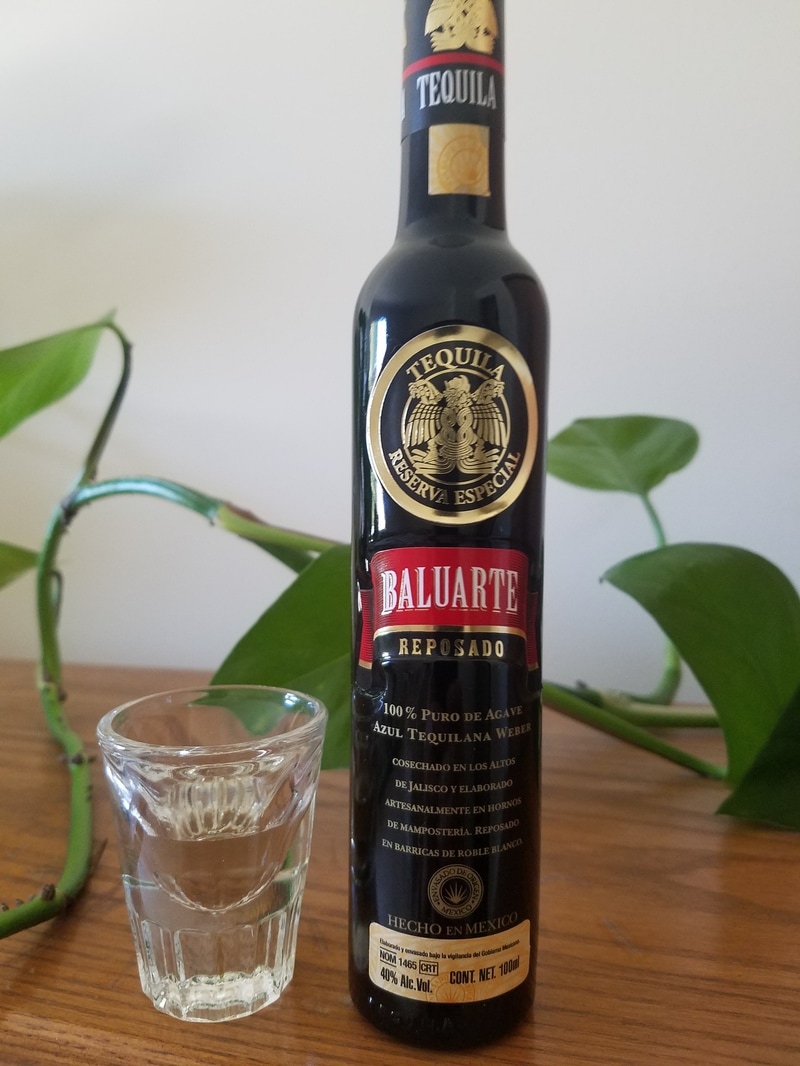

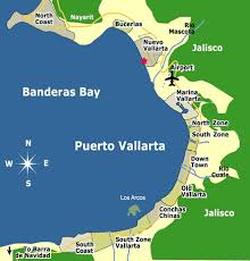
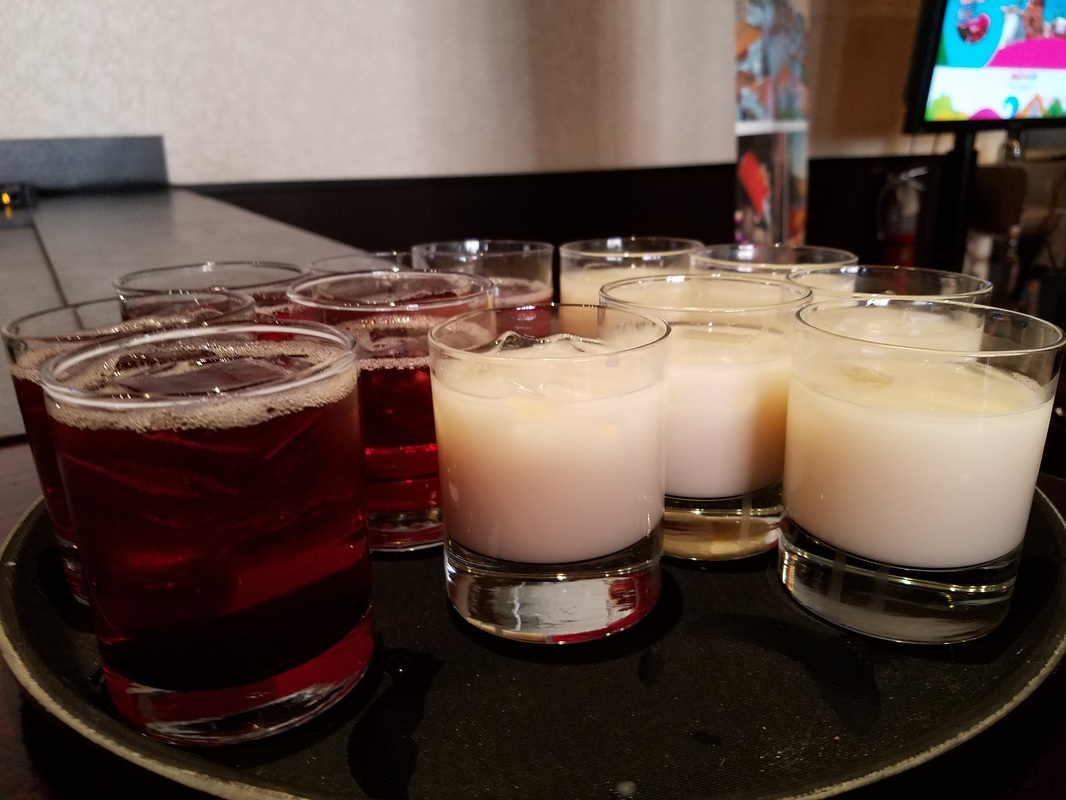
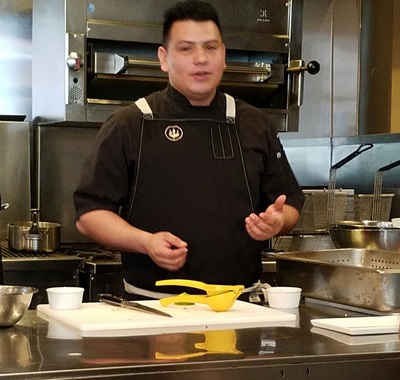
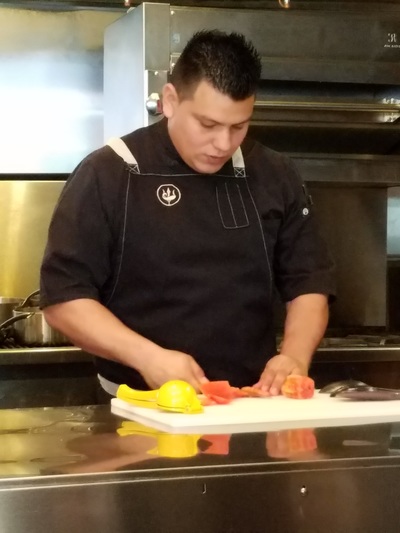
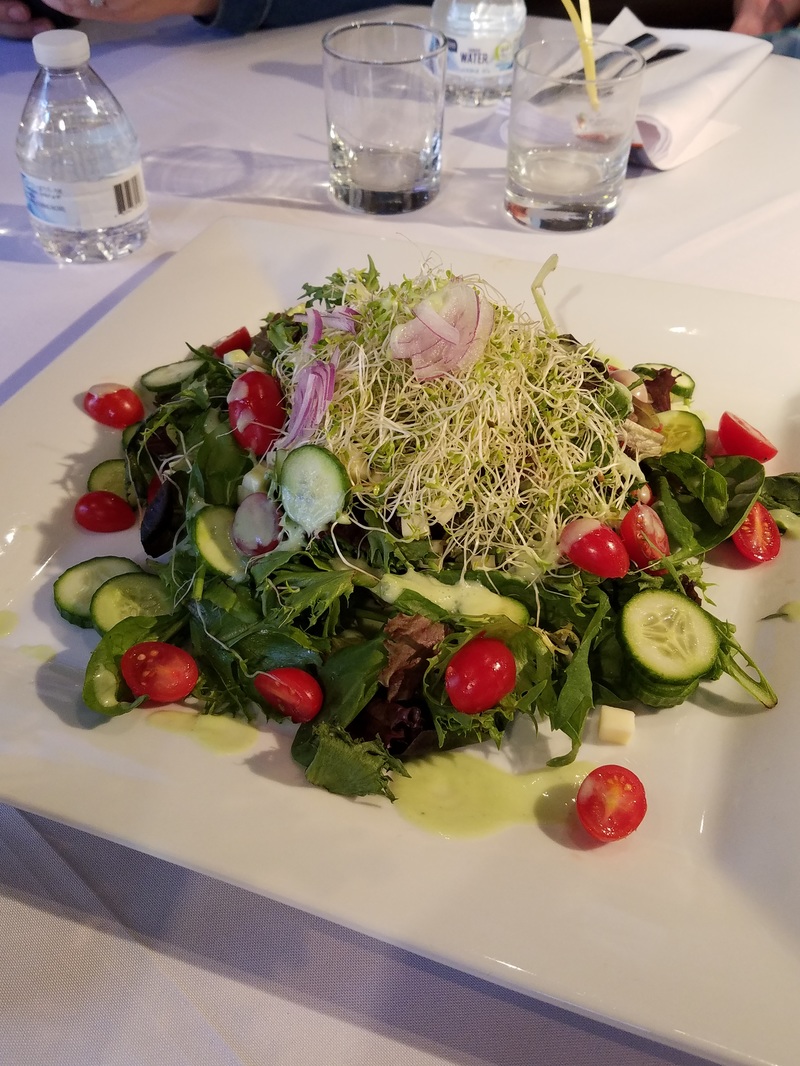
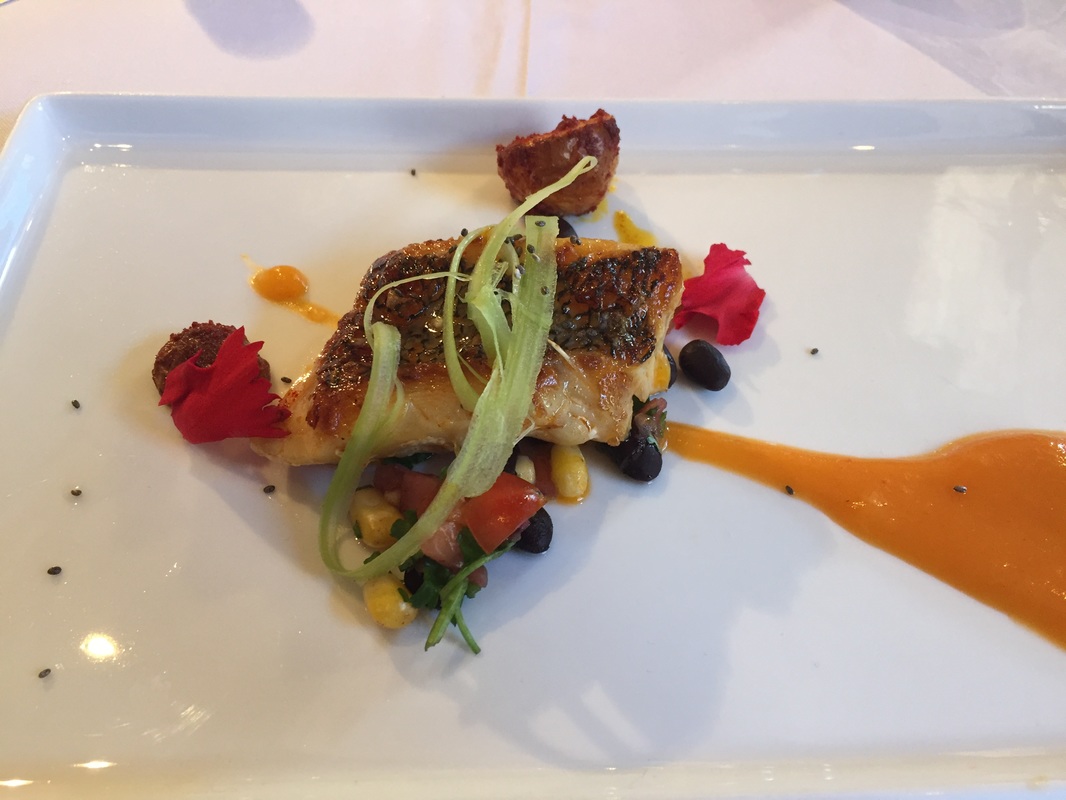
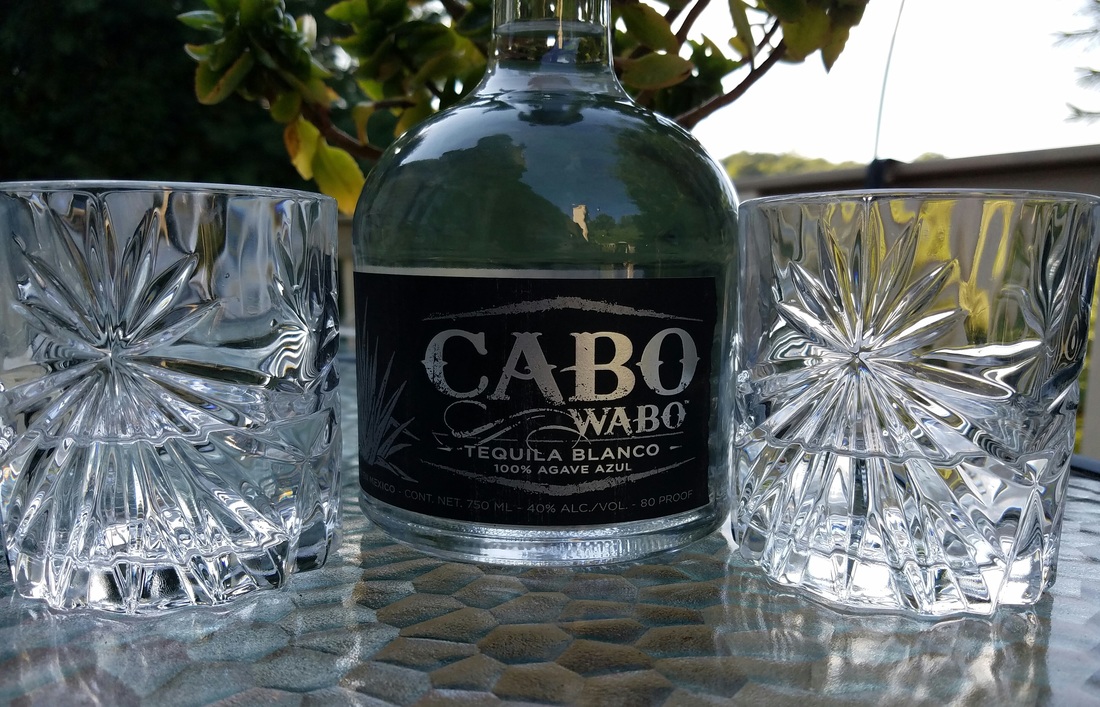
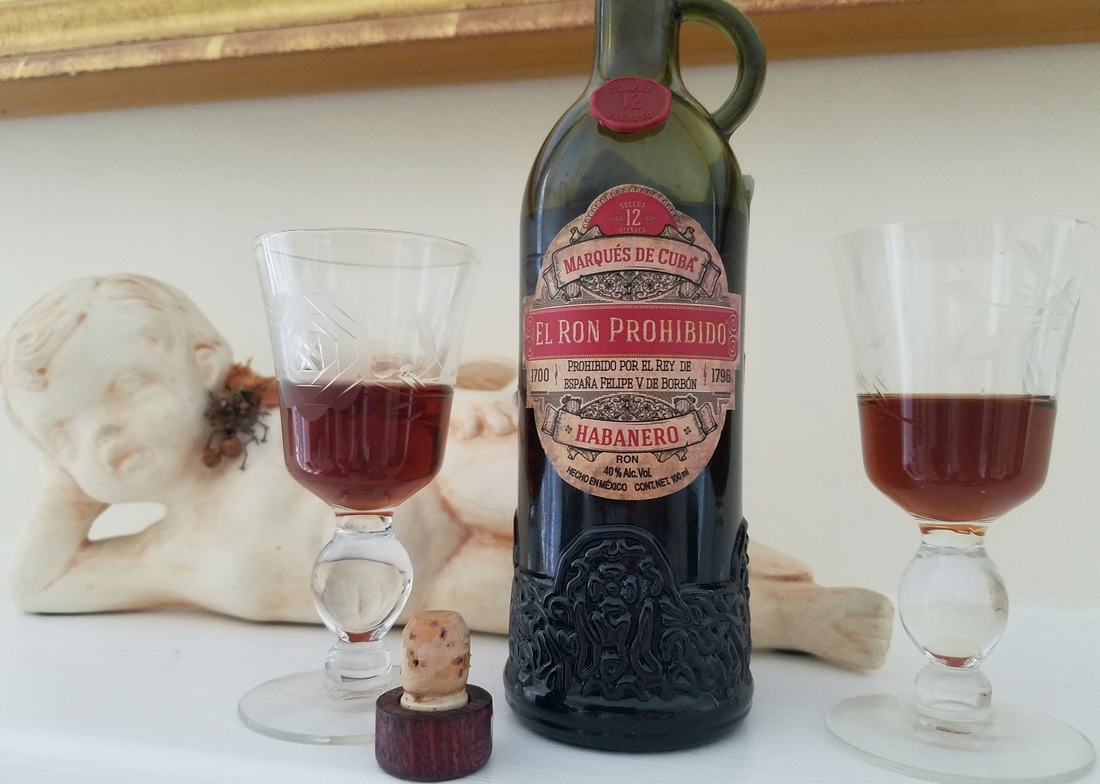
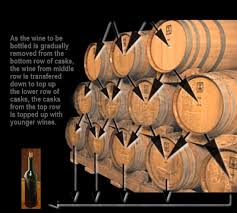
 RSS Feed
RSS Feed